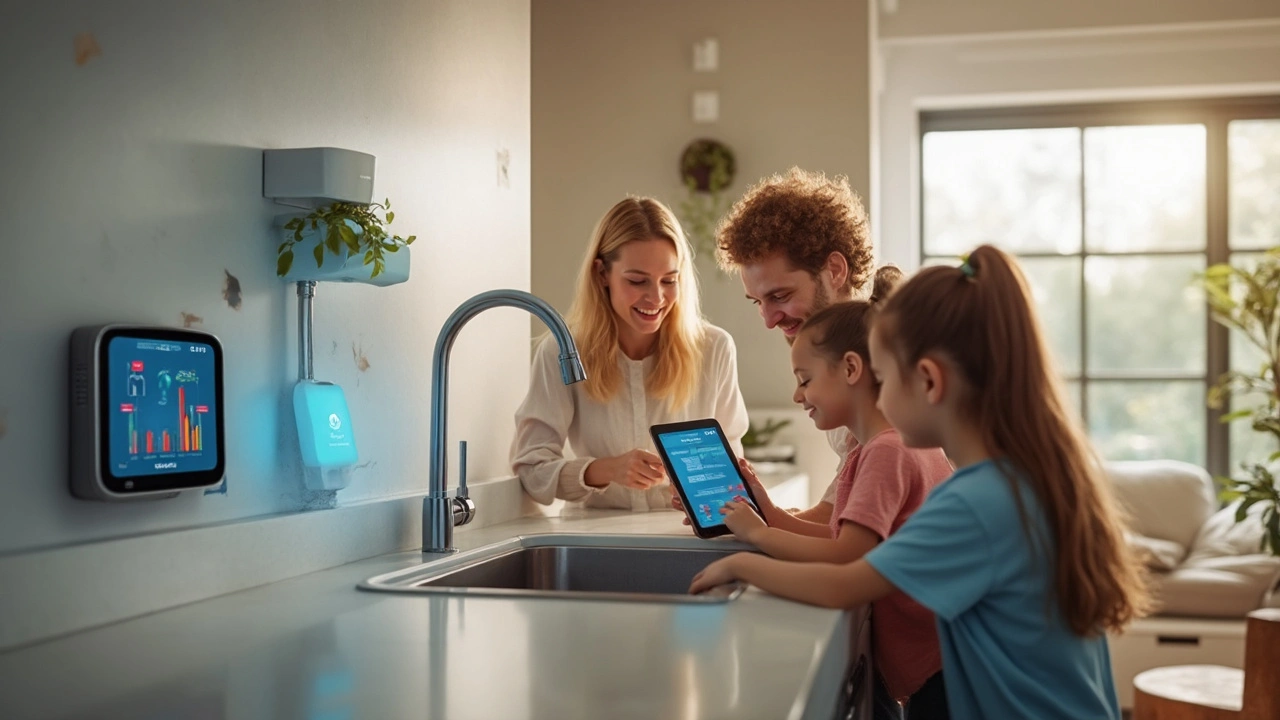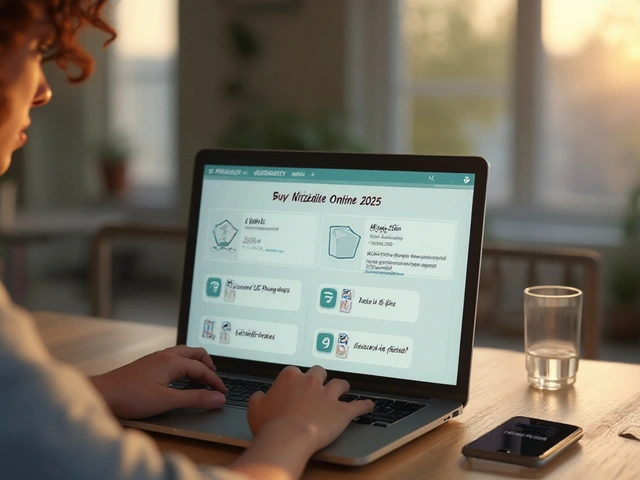Water Monitoring Basics: What It Is and Why It Matters
If you ever wonder whether the tap water you drink is safe, you’re not alone. Water monitoring is the process of checking water for contaminants, bacteria, and chemical levels so you can trust what you’re drinking, washing with, or swimming in. It’s not just for labs—anyone can start simple checks at home and protect family health.
Key Types of Water Monitoring
There are three main areas you’ll hear about: drinking water, wastewater, and environmental water. Drinking‑water monitoring looks at chlorine, lead, nitrates, and microbes that could make you sick. Wastewater monitoring checks what goes down the drain, helping utilities treat sewage before it returns to rivers. Environmental monitoring tracks lakes, rivers, and groundwater to spot pollution early.
How to Monitor Water at Home
Start with a basic test kit. Most kits cost under $30 and give results for pH, hardness, chlorine, and a few common metals. Follow the instructions, dip the strip, and compare the color to the chart. If a result looks off, you can call your local water supplier for a full report or order a professional lab test.
For more accurate data, consider a digital sensor. Portable meters plug into your phone and show real‑time readings for temperature, conductivity, and dissolved oxygen. They’re handy for gardeners, aquarium owners, and anyone who wants to spot changes before they become problems.
Don’t forget to check the source. If you use a private well, test it at least once a year for bacteria, nitrates, and heavy metals. Public utilities are required to publish annual water quality reports, but it’s smart to compare those numbers with your own kit results.
When you find an issue, take action quickly. A simple carbon filter can strip chlorine and taste. For lead, a certified point‑of‑use filter is the safest option. If you suspect bacterial contamination, boiling water for one minute kills most pathogens.
Beyond personal safety, sharing your results with neighbors can highlight community‑wide problems. Many towns hold citizen‑science programs where volunteers collect water samples and send them to a central lab. Your data can help local authorities allocate resources and improve infrastructure.
Remember, water monitoring isn’t a one‑time task. Seasonal changes, pipe upgrades, and heavy rains can all shift water quality. Set a reminder to test quarterly, especially if you notice odd tastes, colors, or odors.
By staying curious and checking your water regularly, you protect health, save money on bottled water, and contribute to a cleaner environment. Simple tools, a bit of time, and a willingness to act are all you need to keep your water safe.
Hydrocl: The Smart Solution for Water Usage and Leak Detection
Discover everything about Hydrocl, the smart water monitoring device changing how we use and save water at home. Learn how it works, where to install it, tips for setup, and why it matters for your bill.






